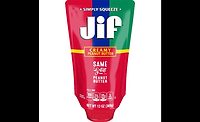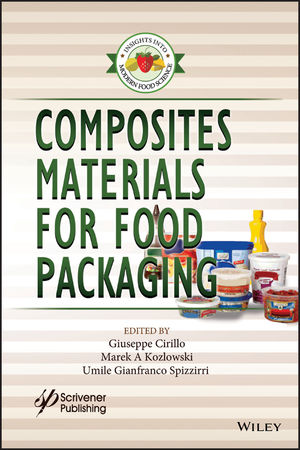Food Packaging: Packages with an Italian accent

As in other markets, plastic continues to take share from other material options and is one of the few bright spots for Italian material suppliers, growing 1.5 percent in a down economy. Italy also is the birthplace of the vacuum packaging machine, and scores of exhibitors were on hand to tout their innovations.
Milan, Italy-based Goglio Group combined flexible, hermetically-sealed containers with vacuum-packaging machines in the 1960s, creating a global market for its Fres-co system. A cottage industry of vac-pack containers was spawned, and a good portion of that community was represented among Ipack-Ima’s 450 exhibitors. Applications are spreading beyond meat, coffee and other standard items to include rice, pasta and other commodities. Wrapped in high-barrier, shrinkable film, beans are transformed from a loose bag to a standup pouch.
Alto Pack showed off a gusseted vac-pack bag for grains and other products. Besides enhancing shelf appeal, the vacuum eliminates the need for chemicals used in the processing of rice and other products. Alto Pack’s unit uses polypropylene film and packs 50 to 60 bags a minute, according to Antonio Milazzo, the firm’s U.S. representative.
Alberto Mirandola, a former W.R. Grace executive who founded a vacuum packaging systems integration firm called Vuormar 22 years ago, introduced a Cryovac-style meat packaging unit that uses shrink film instead of bags. The machine is the culmination of a four-year, $5 million development effort, he says, and targets processors who are manually loading their vac-pack units. Mirandola estimates the unit saves 40 percent over vac-packers using manually-filled bags. Availability is the only problem, he says: his machine supplier can only make 10 units a year.
Robopac is a stretch-wrap palletizing concept that found fertile ground in Europe 20 years ago and is just beginning to carve out a niche in North America, where manufacturers are more inclined to rotate the pallet than have the wrapper move around a stationary load. The robot commands a price premium over the stationary set-ups, allows Paulo Ticchi of the Robopac division of AetnaGroup, but being able to bring the stretch wrapper to the load offers obvious advantages in flexibility and floor space.
Curbing packaging waste is a priority in Italy and the rest of Europe. Companies are under pressure to demonstrate reductions in source material via design changes and lighter-weight materials. To dramatize the importance of function as well as form, source materials are being emphasized as much as aesthetics in award programs such as Oscar dell’ imballaggio, the Institute of Italian Packaging’s annual design competition. This year’s finalists included a 275 ml glass bottle of Campari Mixx, a trendy ready-to-drink “alcopop.”
Designed by Milan-based Finpac, the package features a full-length, 50-micron thick PET shrink sleeve that protects the product from UV rays and addresses sanitary and security concerns in an eye-catching design, Finpack’s Massimo Danovaro explains. Laser perforations provide easy opening and tamper-evident benefits, he adds.
Italy’s machinery sector is doing better than packaging materials, with exports up 5 percent last year, according to Marco Vacchi, deputy chairman of the show. Still, that’s down from previous years and a source of concern, given that four-fifths of packaging machinery is exported. The sector is a major contributor to Italy’s balance of trade.
For more information:
Antonio Milazzo, Alto Pack, 913-254-9155, infeps@msn.com. Write in 401
Massimo Danovaro, Finpac srl, 011.39.335.301.772, massimo.danovaro@finpac.it. Write in 402
Paulo Ticchi, Robopac sa, 011.378.910559, pticchi@robopac.aetnagroup.com. Write in 404
Alberto Mirandola, Vuormar, 011.39.442.570037, vuormar@netbusiness.it. Write in 405
Looking for a reprint of this article?
From high-res PDFs to custom plaques, order your copy today!







